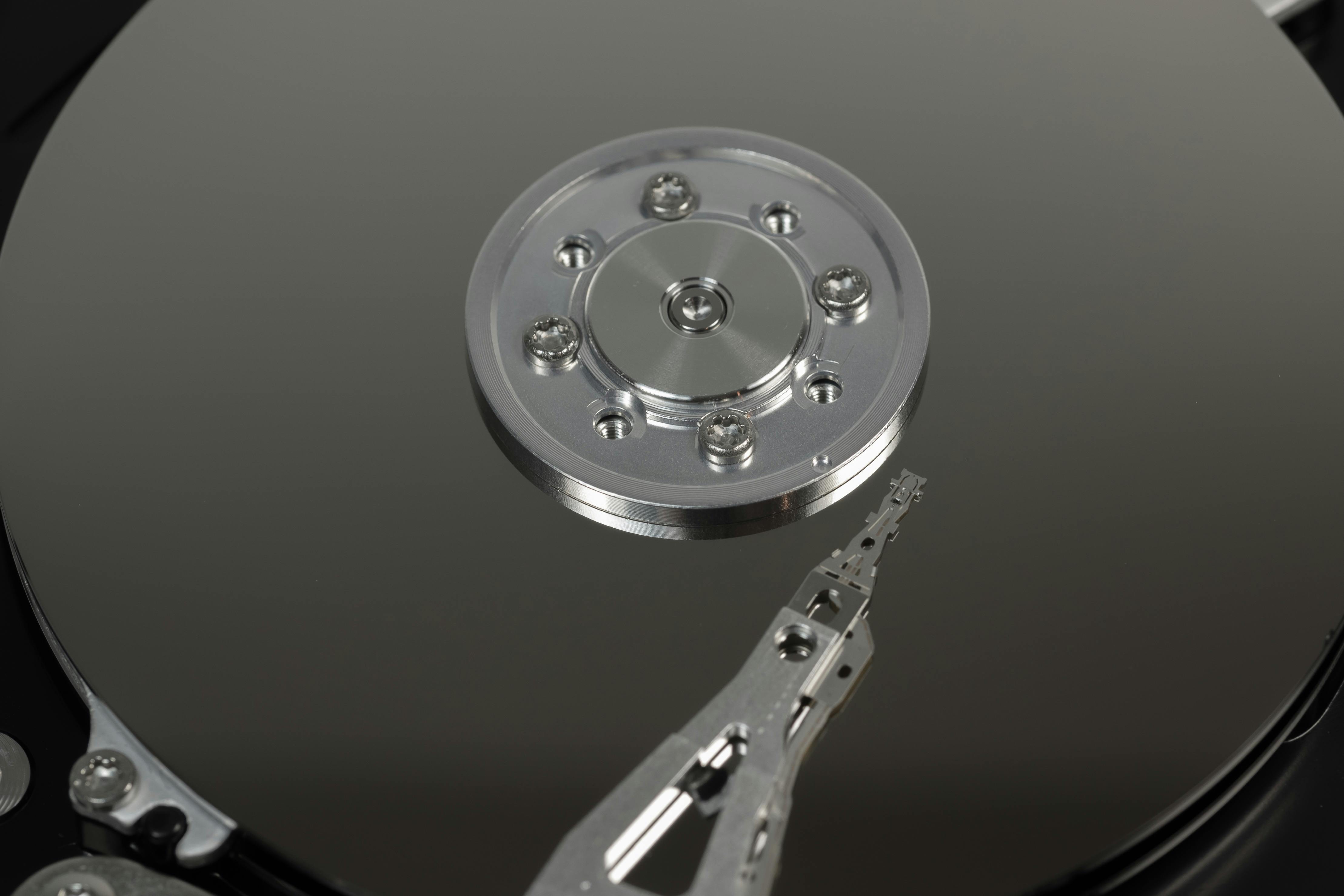Buses have been on acid trips since the early 1990s. There have been several demonstration projects in the United States and British Columbia since 1993. Phosphoric acid fuel cells are being developed and tested for use in city buses. in many major cities. Oakland, California, Chicago, IL, Vancouver, BC, and Palm Springs, California are all involved in demonstration projects for city buses using hydrogen fuel cells.
Phosphoric acid fuel cells are well suited for bus use due to the power they can produce and the efficiency they exhibit. These cells take a long time to warm up to operating temperature and therefore do not respond well for use in private cars, but since the buses do not turn off during their daily operation this is not a problem and their efficiency is in the range of 40 %-fifty%. Another advantage of using these types of engines in buses is that refueling is done in a central location. Diesel and hybrid buses on the road now use a central refueling station and these can accommodate the hydrogen storage they need to refuel the buses.
In addition to buses, countries’ tractor-trailer fleets can also use these types of engines because they will provide the power needed for the long trips these vehicles make and run almost continuously, so the heating required for proper operation is not it’s a problem. The problem for long-distance truckers is the availability of refueling them with hydrogen. One solution to that could be the integration of onboard fuel reformers that take in natural gas and remove the hydrogen, which would then be the fuel source for the engine. Natural gas could be available at truck stops for refueling. Although by using natural gas we remain dependent on fossil fuel, this would offer an alternative until hydrogen recharging could be done directly. We know that fossil fuels are going to get much more expensive in the future, but we need to start doing these kinds of things now in preparation.
For fuel cells to be viable in the future, whether they are phosphoric acid or proton exchange membrane (PEM) cells being tested for private cars, we need to develop the infrastructure for hydrogen refueling. In addition to making hydrogen available, we must find ways to produce it without using fossil fuels.
Hydrogen is all around us, but it is locked up in compounds that need to be broken down. More research is needed to find an efficient way to generate hydrogen. Some research is being done to use waste gas collected from landfills, which produce methane and steam reform it, instead of using natural gas. Another method of generating hydrogen is to use a green or renewable energy source for the electrolysis of water, which gives us hydrogen and oxygen, both of which are needed for the PEM fuel cell.



